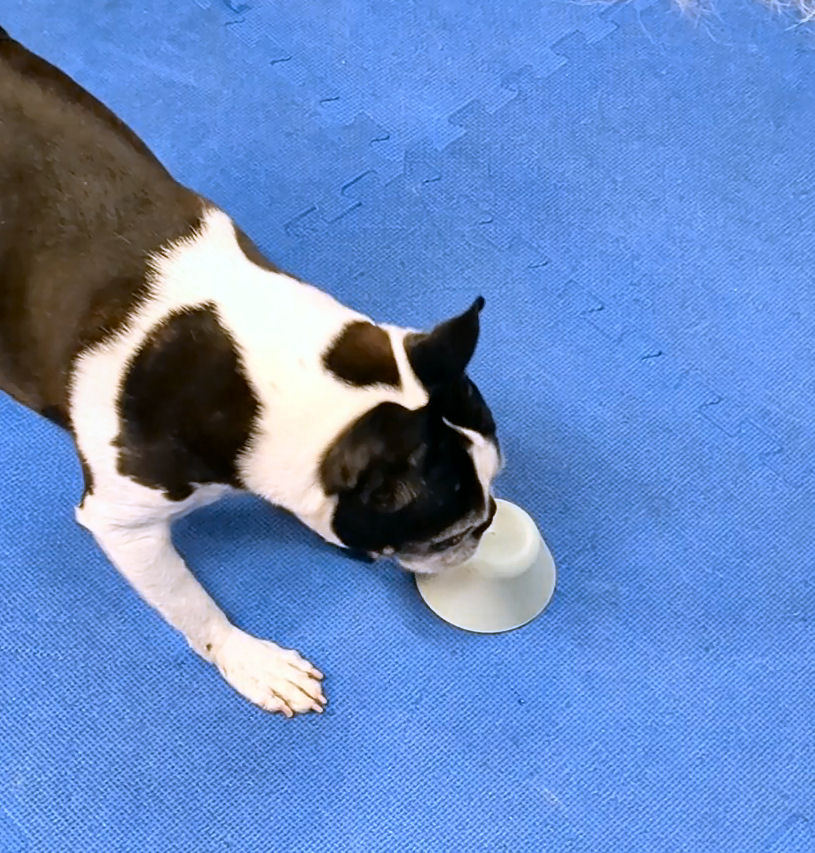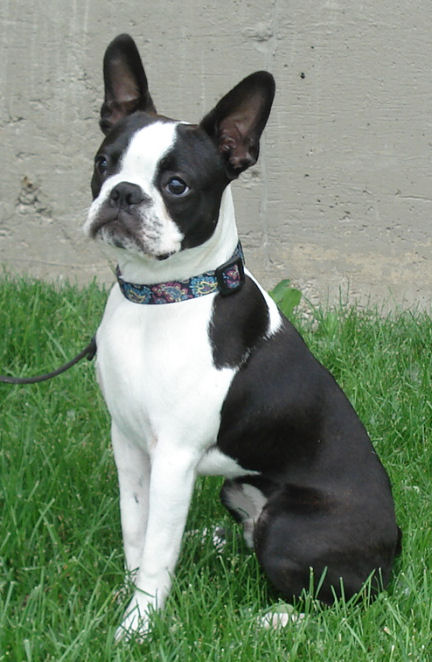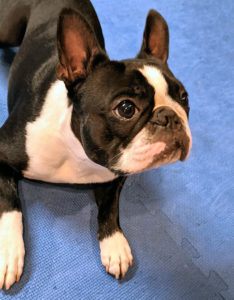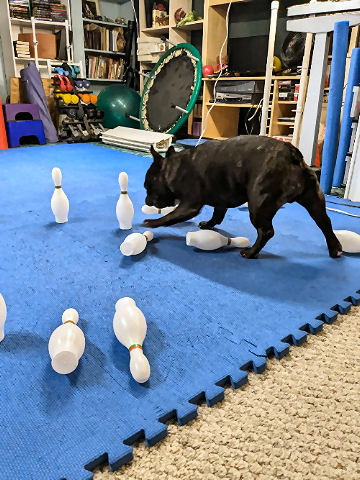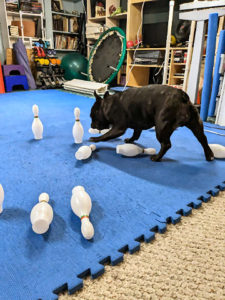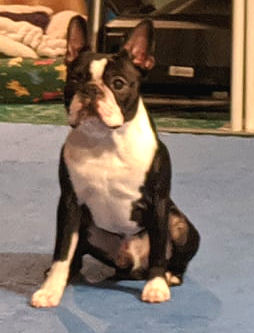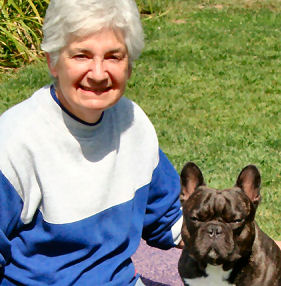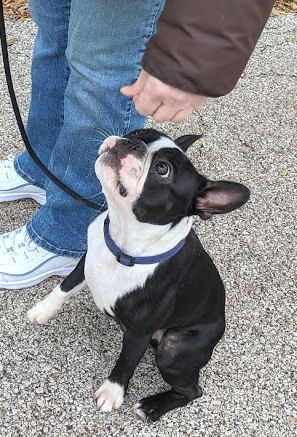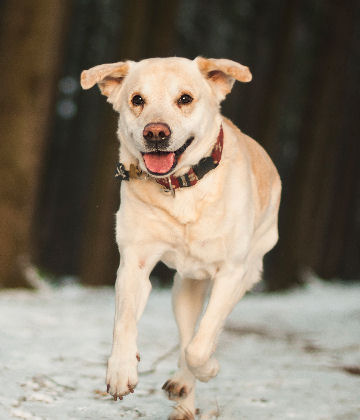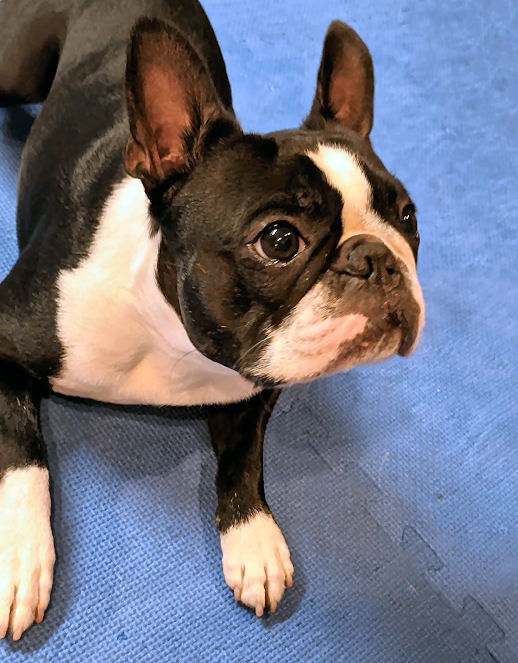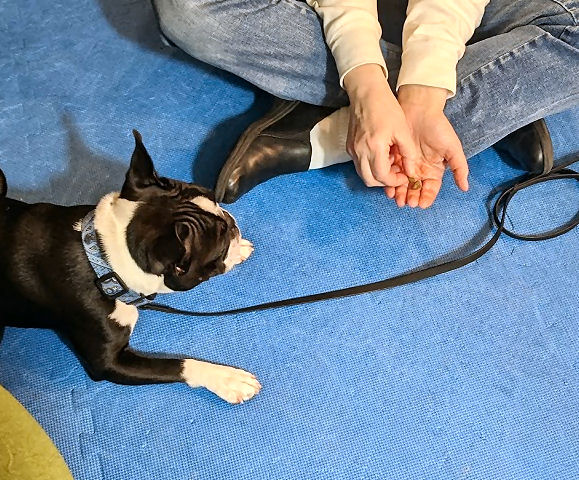If aliens ever really show up on Earth, the most in-demand people will be animal trainers. Think about it. Who else makes a regular practice of clearly communicating with another species? Dog trainers talk to aliens all the time. It’s what we do..
Granted, the shoe would be on the other foot. If an alien species gets here, they’ll clearly be far ahead of us in terms of technology, if not intelligence. Although, since they’ve probably cracked faster-than-light travel, and we haven’t, they’ve probably got us there, too.
But assuming we don’t have Star Trek’s Universal Translator by then, who’s most familiar with trying to figure out what non-humans are trying to communicate? It’s animal trainers in general. And maybe dog trainers specifically.
No one else has a better understanding of what it takes to clearly communicate with an alien species. In the thousands of years dogs have thrown in their lot with humans, they still haven’t developed the anatomy to speak our languages.
Communicating clearly
So how can people communicate clearly with dogs? By understanding how dogs learn and making use of that knowledge. Dogs are actually pretty straightforward:
- Dogs always do what’s most rewarding to them.
- Dogs learn by the timing and placement of rewards.
- What gets rewarded gets repeated.
- And, for unknown reasons that we’re profoundly grateful for, dogs really do want their people to be happy.
Timing is key
One of the best things you can do to clarify things for your dog is to work on your timing. That’s one of the reasons we advocate using a clicker. If your finger’s on the clicker button while your eyes are on your dog, you’ll hit that button as soon as you see something you like. Taking the time to think about it, travel from your eyes to your brain to your mouth to say “Good Whatever!” may not be as instantaneous. Your message to your dog may get muddied. Especially if your dog, like ours, is extremely active and busy.
You can see a clear demonstration of this in our video “Booker learning to “Push!” Like all the Boston Terriers we’ve known, Booker uses his paws a lot. For this game, the objective was to have him use his nose or muzzle to “Push!” the bowl. It’s the beginning of an idea we have for a “hockey” game for our dogs.
In the video, Fran’s eyes are glued on Booker’s interaction with the bowl. The clicker is in her hand, ready to go. As soon as he swaps using his paws for his nose, he hears the click and gets a reward. Because we’re human and we tend to talk to our dogs, Fran also says “Yes!” when she sees it. That’s okay. He knows he’s good and he repeats the action that got him the “click” and reward.
Crystal clear
Also notice where Fran rewards Booker in this sequence. She doesn’t pull him away from the game. She brings the reward to the “thing” he’s supposed to be focusing on. And it works. Booker knows that the bowl is the object of the game. He doesn’t really know what he’s supposed to do with it yet, but that’s okay. It’s a process.
Good timing and reward placement are key to bridging the communications gap between you and your dog. You’re never going to be able to speak “dog.” And your dog will never speak English. But you can still understand each other. Let’s hope the aliens are patient with us, as we are with our dogs.

